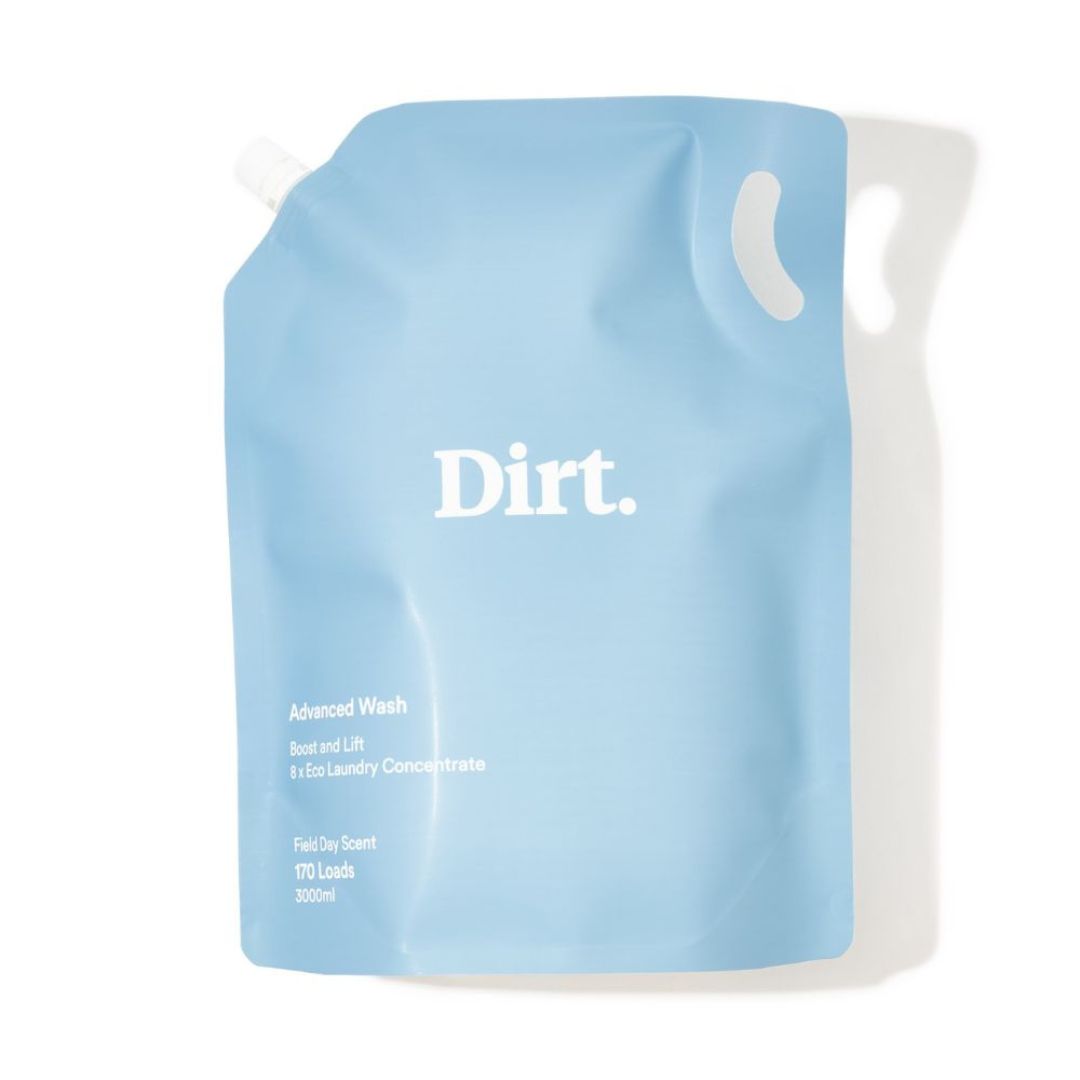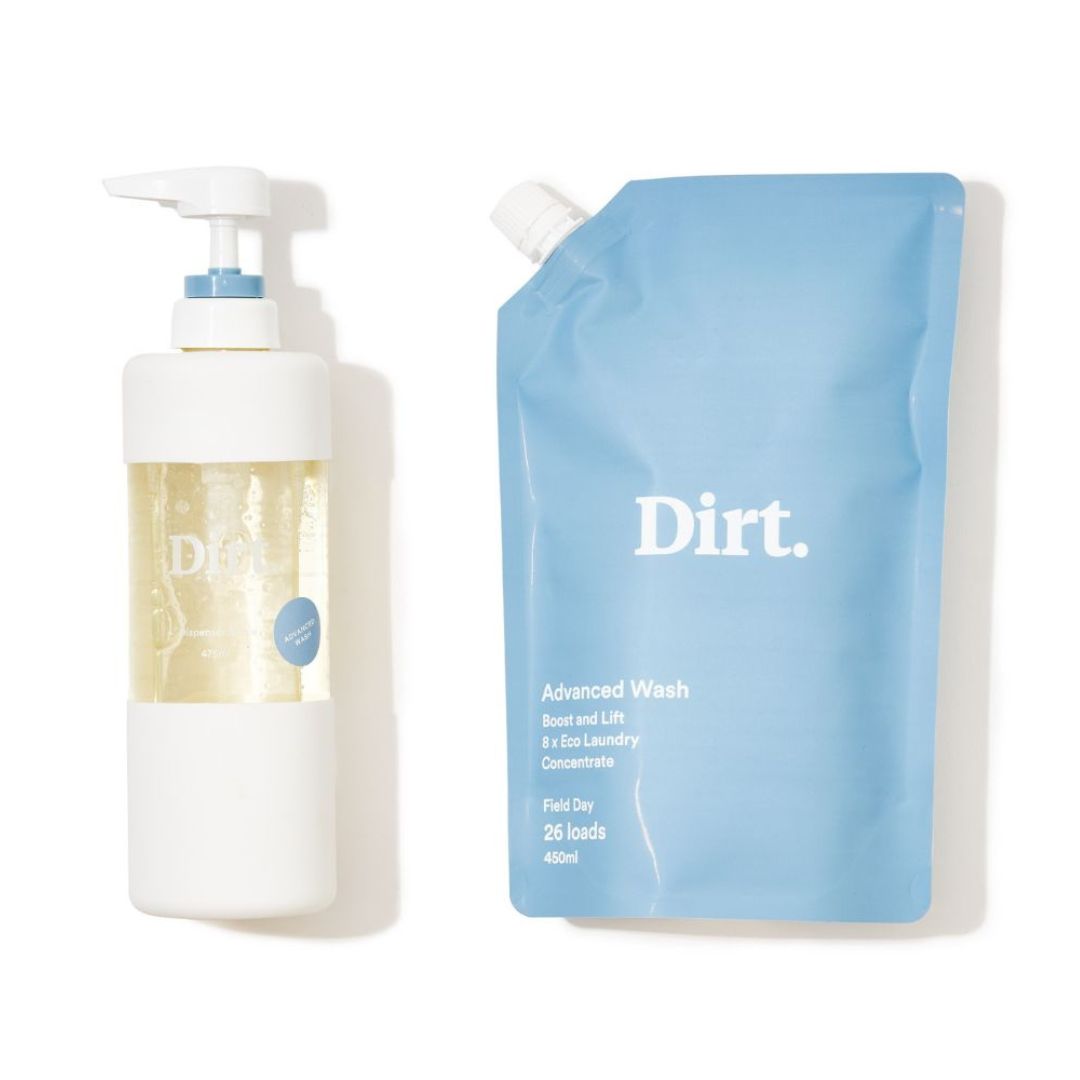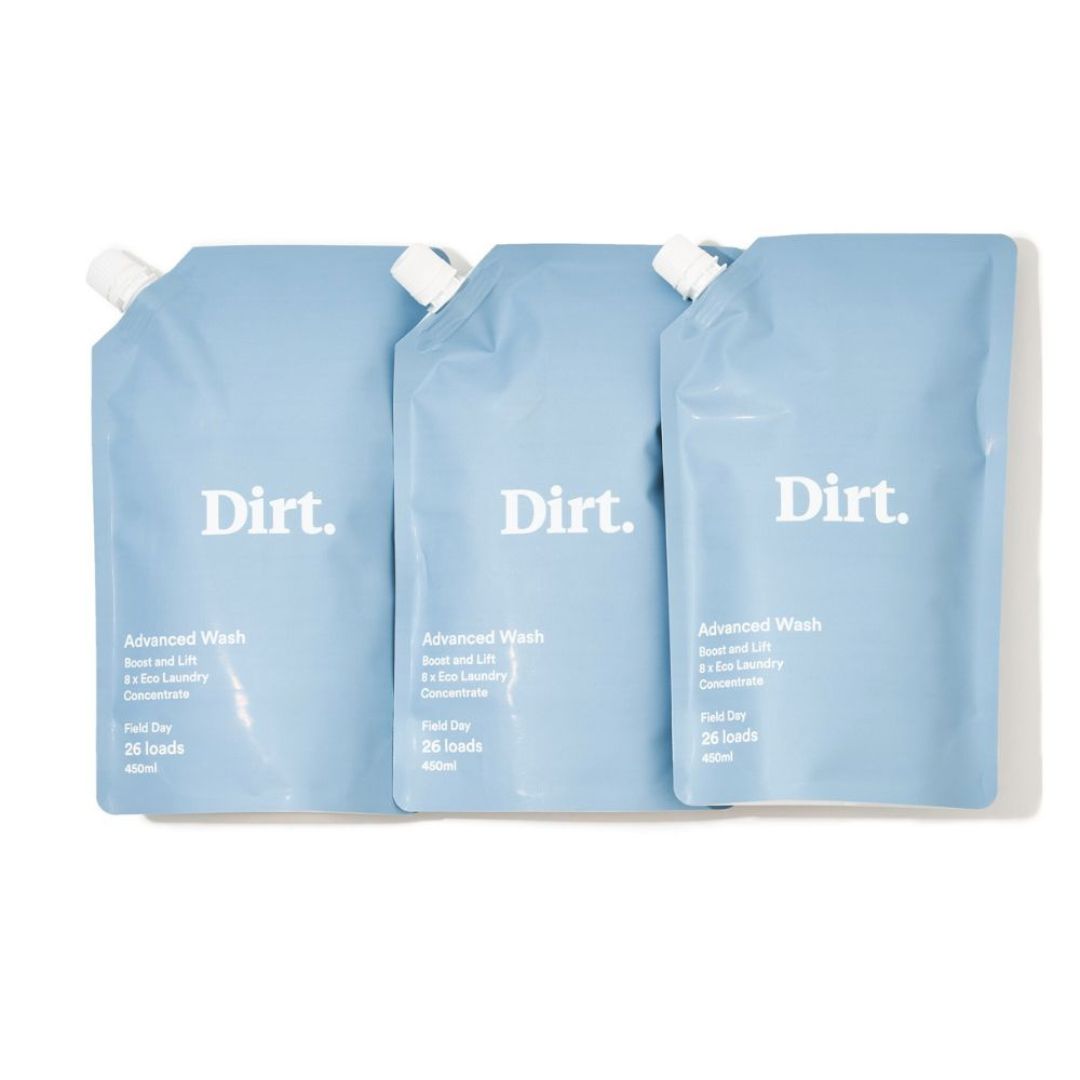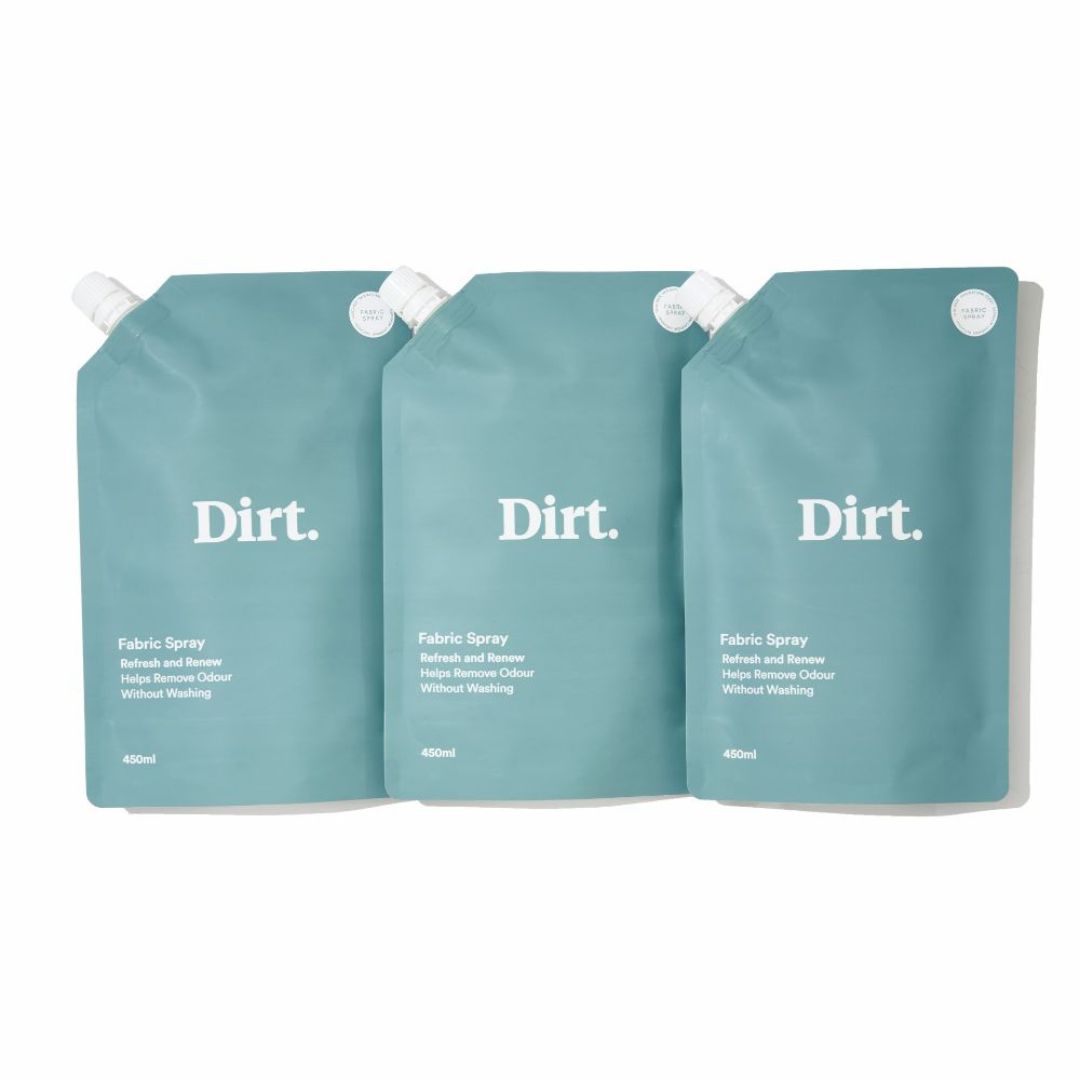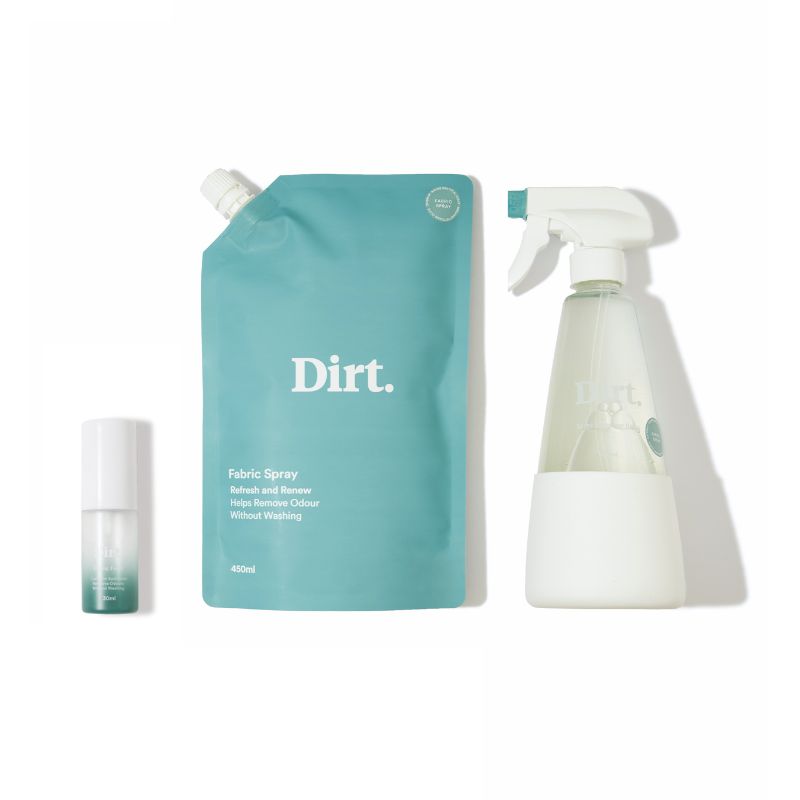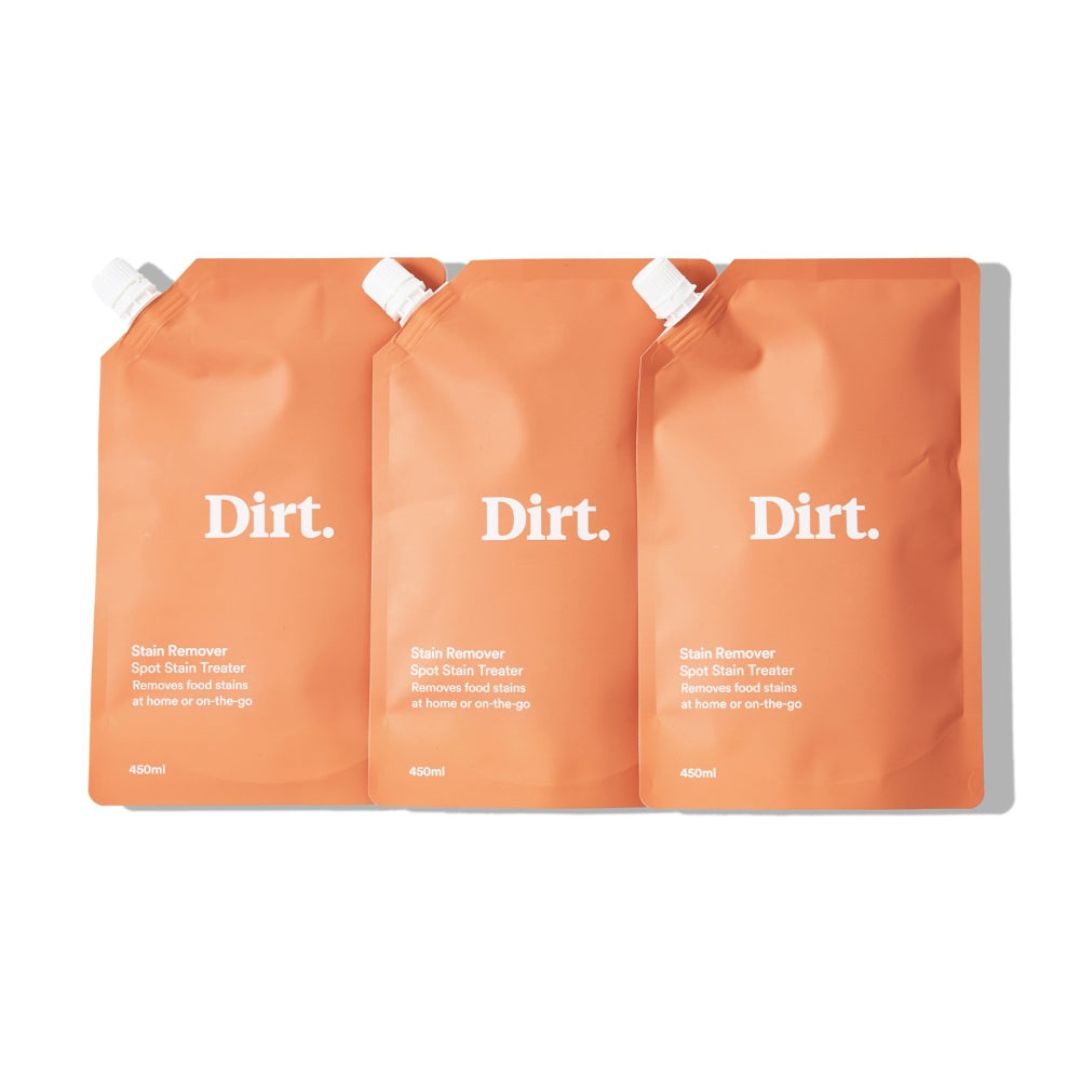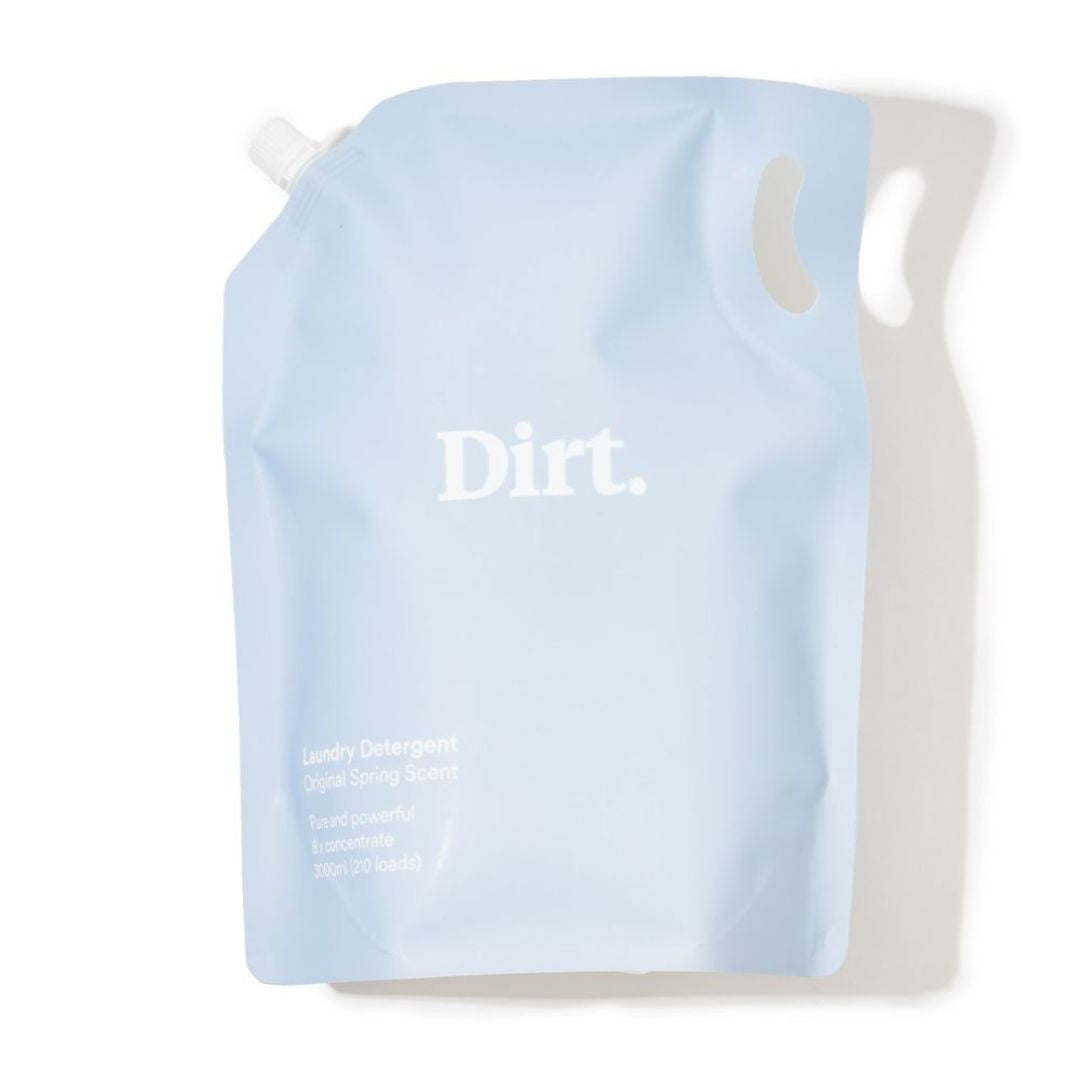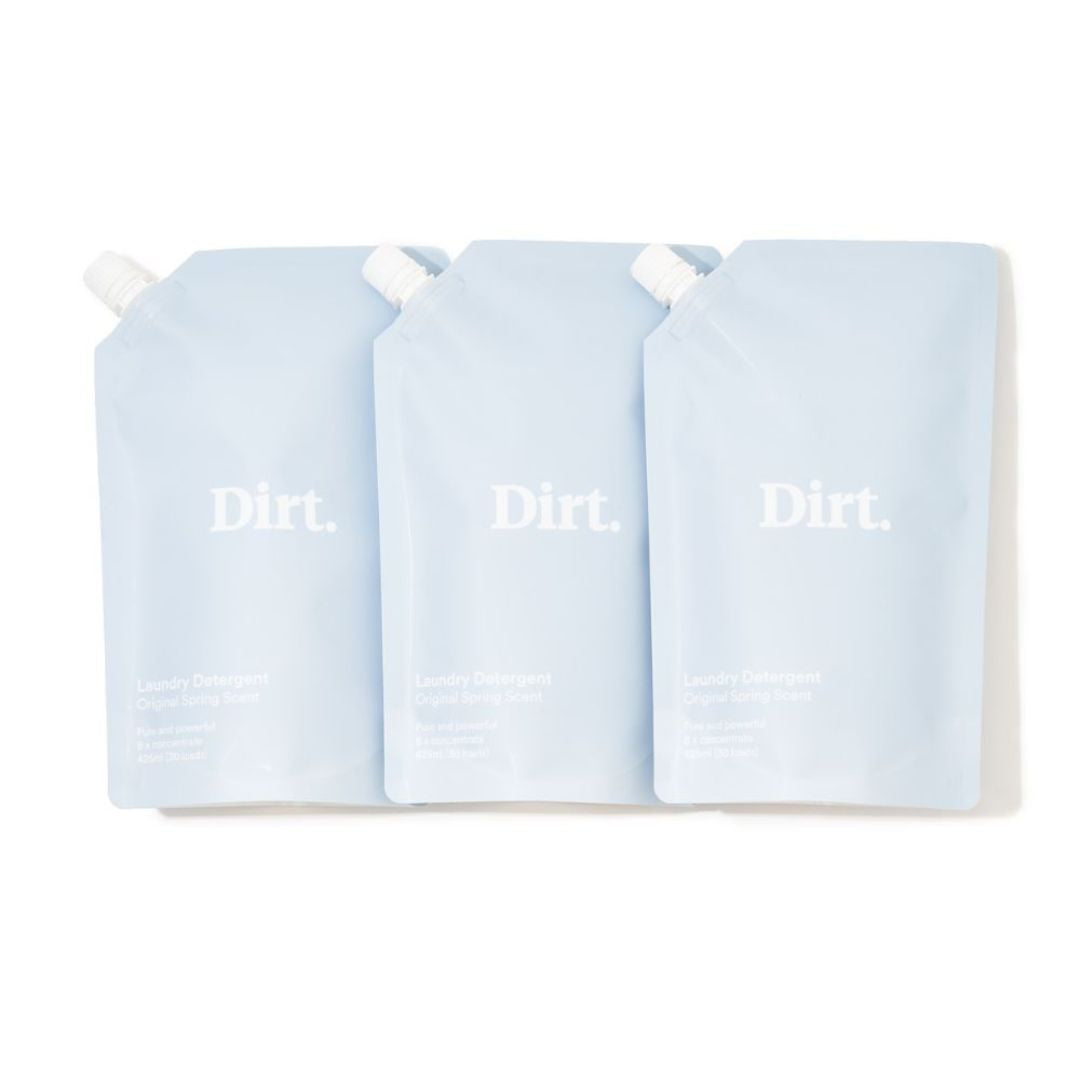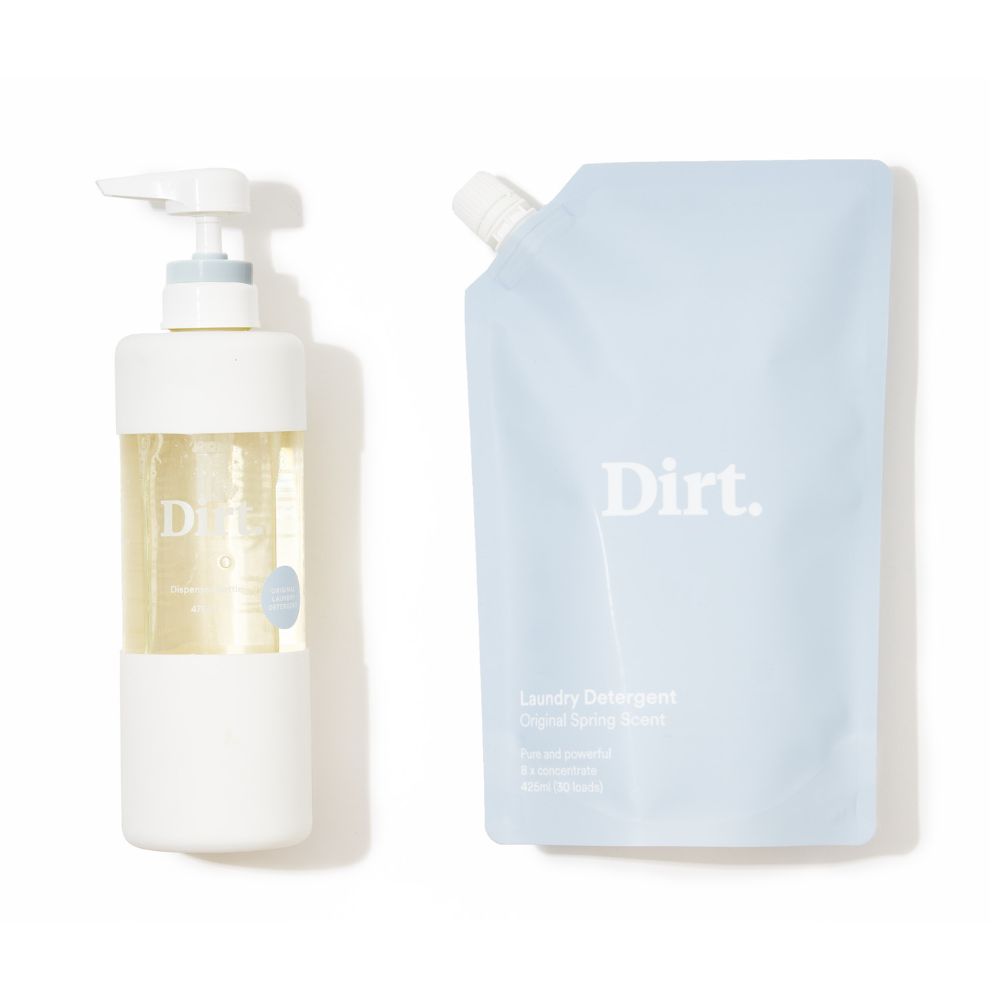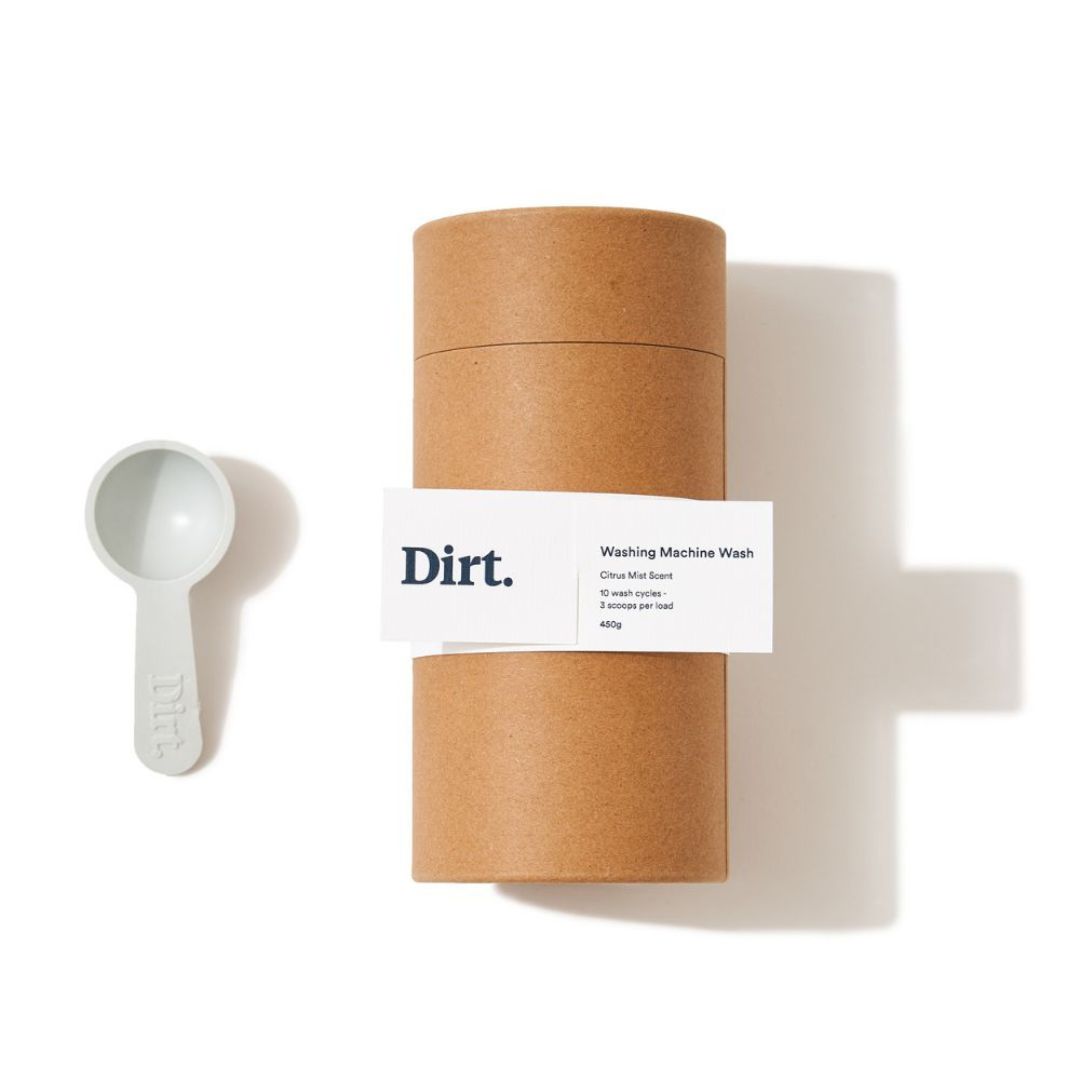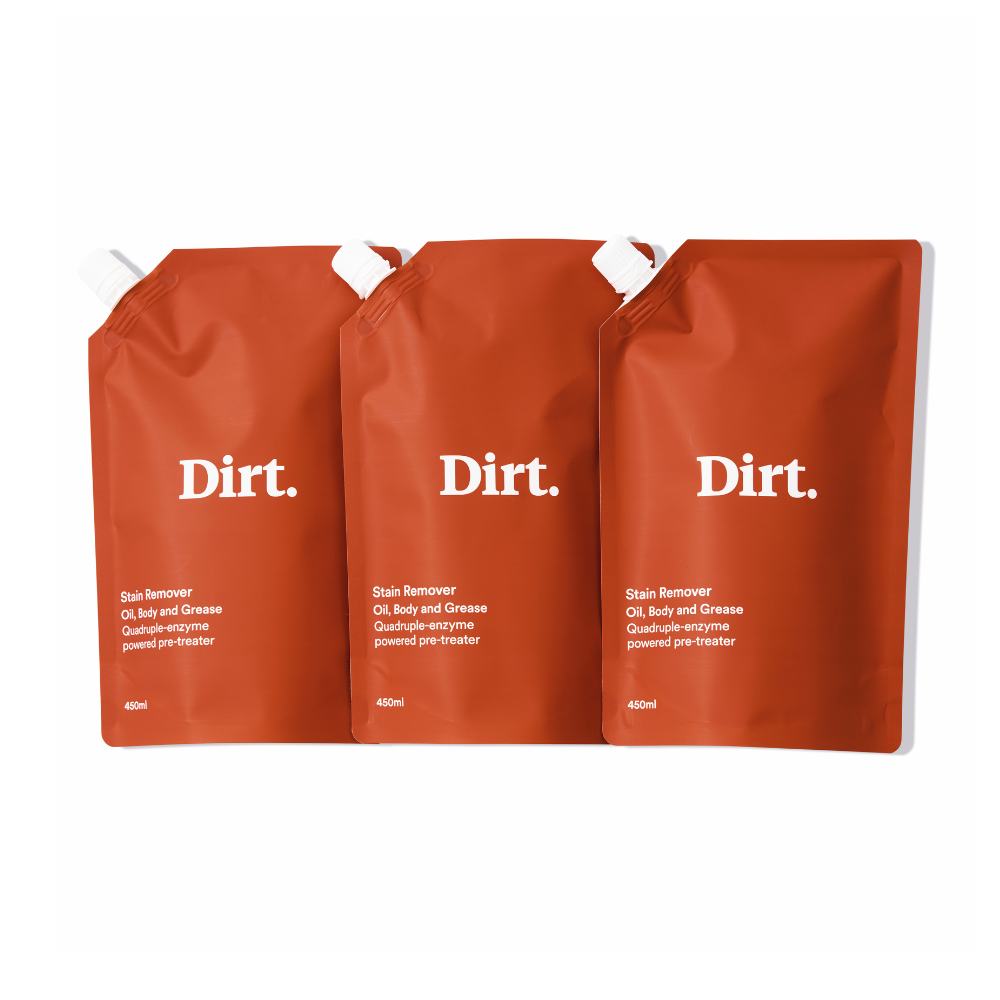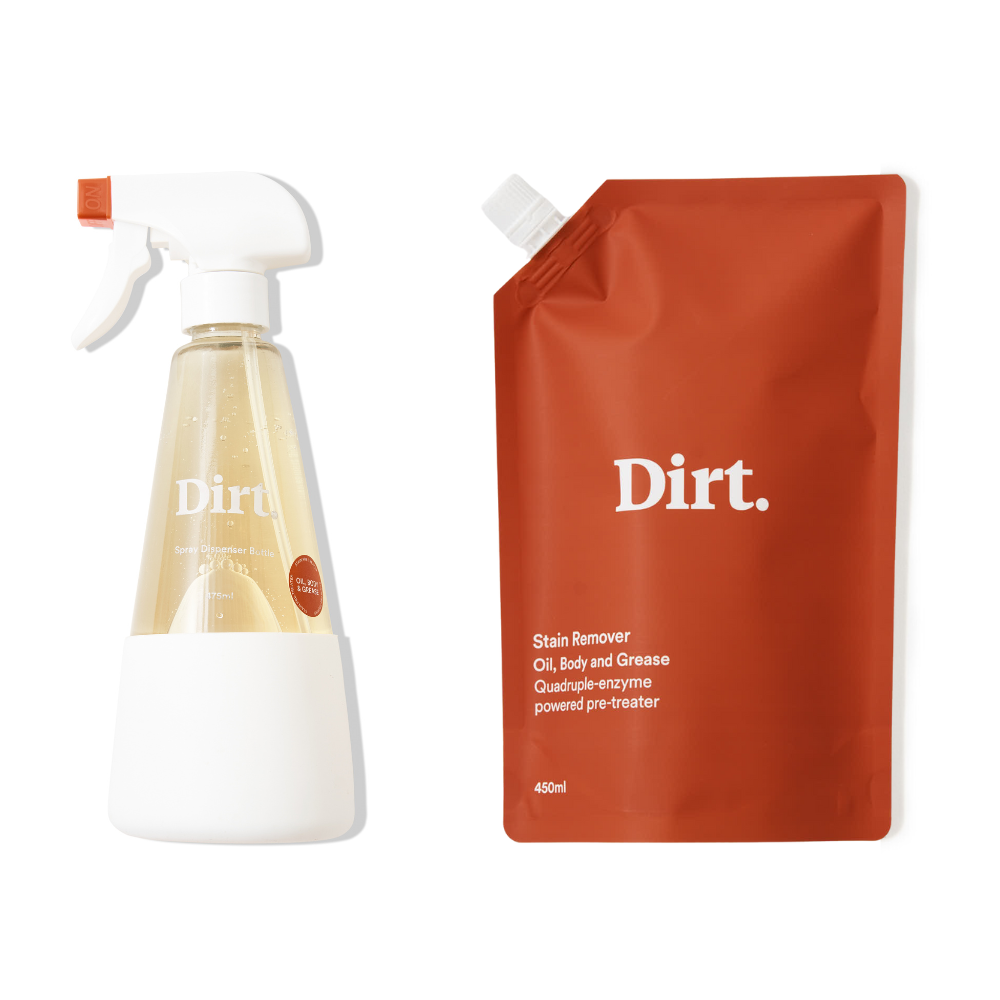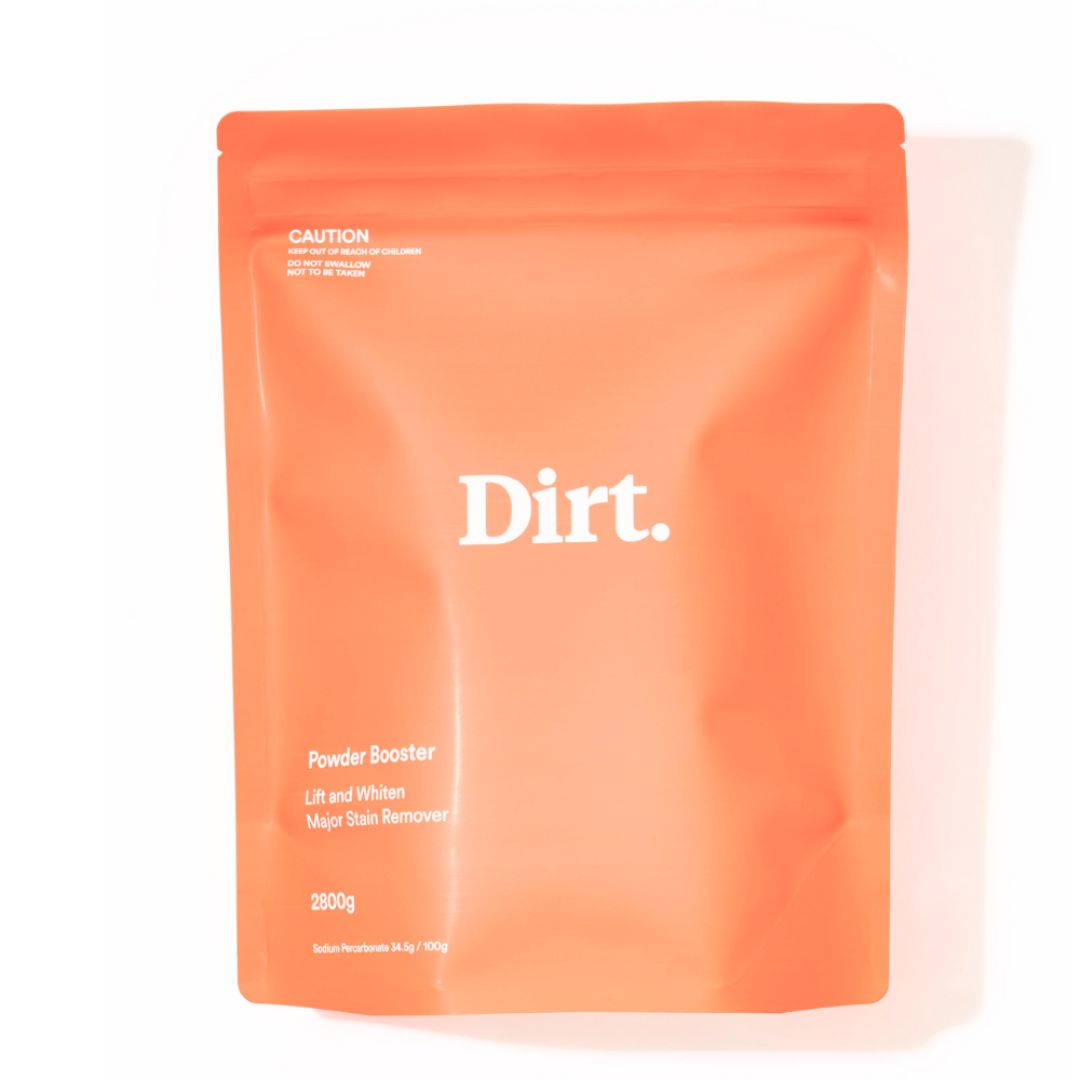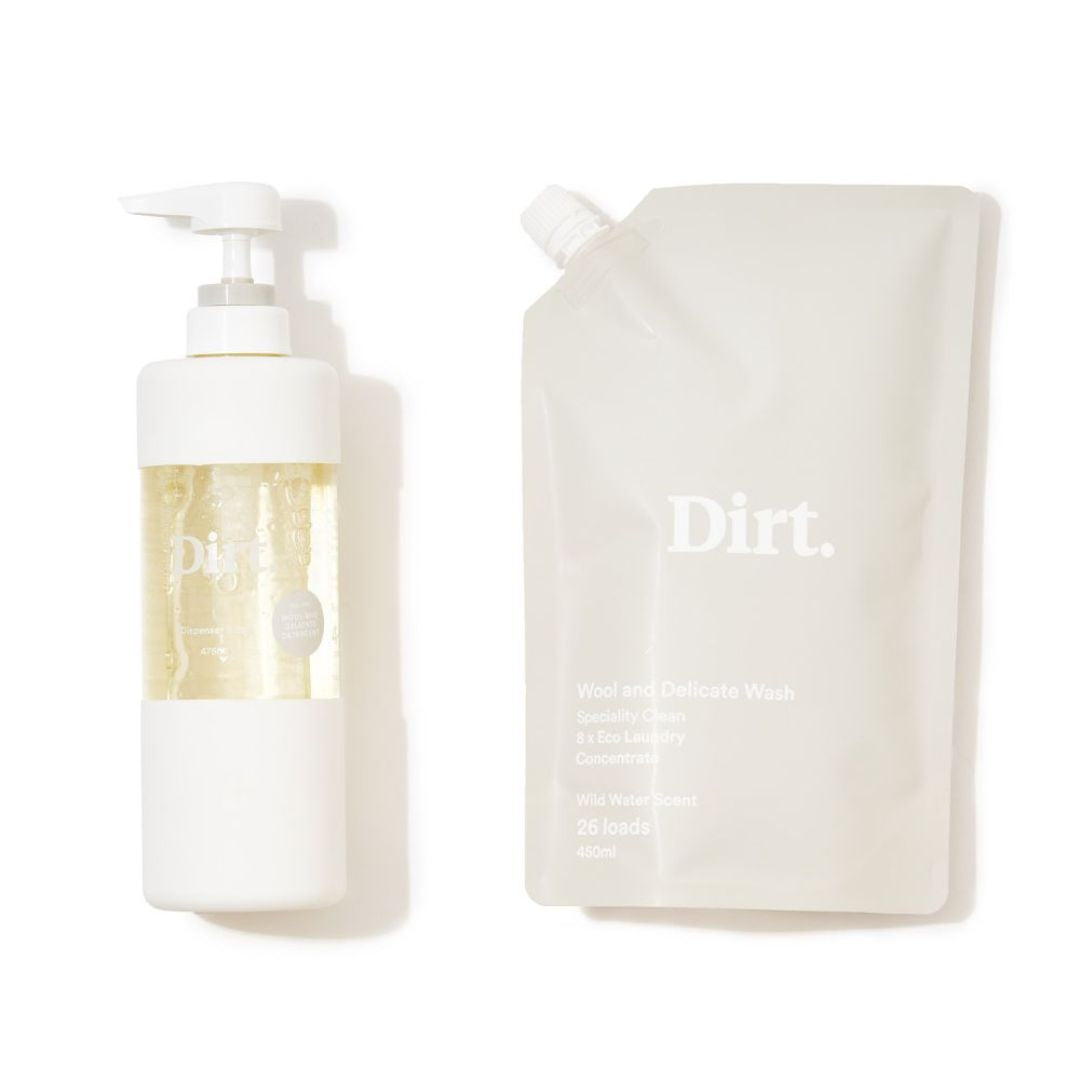The best thing about activewear... the comfort and support you get while working through the sweatiest part of your day.
The worst thing about activewear... it can develop a smell that might be a little hard to shake. It’s a badge of honour for working so hard, but a smelly one at that!
The reason activewear can be a little more high maintenance thank your regular fabrics, is because it's comprised of performance materials that help you through your workout.

Understanding what you're dealing with gives you the context you'll need to keep those smells at bay.
What is Activewear Made From?
1. Polyester: The Moisture Manager
One of the most common fabrics in activewear is polyester. This synthetic material is renowned for its moisture-wicking properties. As you engage in physical activities, sweat is inevitable. Polyester fibers work to pull moisture away from your skin and toward the surface of the fabric, where it can evaporate more quickly. This process helps regulate your body temperature and keep you feeling dry during workouts.
2. Nylon: Strength and Durability
Nylon is another prevalent fabric in activewear due to its strength and durability. It's resistant to abrasion and tears, which is crucial for garments that endure stretching, bending, and frequent movement. Nylon is often blended with other fabrics like spandex to enhance elasticity, ensuring your activewear retains its shape and support over time.
3. Spandex (Elastane): The Stretch Champion
Spandex, known by its trade name Lycra, is the stretchy component that gives activewear its comfortable, form-fitting nature. This synthetic fiber can stretch up to five times its original length and then return to its original shape. It's commonly blended with other fabrics to provide that essential stretch and flexibility needed for activities like yoga, running, and weightlifting.
4. Blends for Performance
Many activewear garments are not made from a single fabric but rather from blends that combine the strengths of various materials. For instance, a polyester-spandex blend offers moisture-wicking properties and elasticity, making it ideal for leggings, sports bras, and tops. These blends aim to optimize comfort, breathability, and performance in a single garment.
5. Breathability and Ventilation
Innovations in activewear fabrics have led to the incorporation of mesh panels and ventilation zones. These strategic placements allow for improved airflow, keeping you cooler and more comfortable during intense workouts. Breathable fabrics prevent excessive sweat accumulation and reduce the risk of chafing.
6. Anti-Odour and Anti-Bacterial Treatments
To combat the natural accumulation of sweat-related odors, some activewear fabrics undergo treatments that inhibit the growth of odor-causing bacteria. These treatments help keep your activewear smelling fresh even after multiple uses.

Now you know what you're dealing with, here are our favourite tips for washing your sweatiest active pieces (we’re looking at you spin class) so they last longer and feel fresher. The good news is that it’s easier than you think.
Top Tips for Washing Activewear
1. Wash your activewear as soon as possible.
It's the bacteria in the fabric that multiplies and festers. So it is best to wash your gear straight away or hand over the side of your basket where the air is flowing to prevent bacteria growth.
2. Wash your active wear inside out, in cold water.
It's the fabric that touches your skin that becomes the dirtiest, so you'll want to make those parts the most exposed to the wash process.
3. Use 4 pumps of Advanced Wash.
Advanced Wash contains an antimicrobial ingredient that prevents further odour causing bacteria growth. Add one extra pump for a full load or a top loader.
4. Air Dry, or use a low dryer heat setting.
Heat and activewear fibres aren't great friends, so just keep the heat blast to a minimum throughout the drying process.



